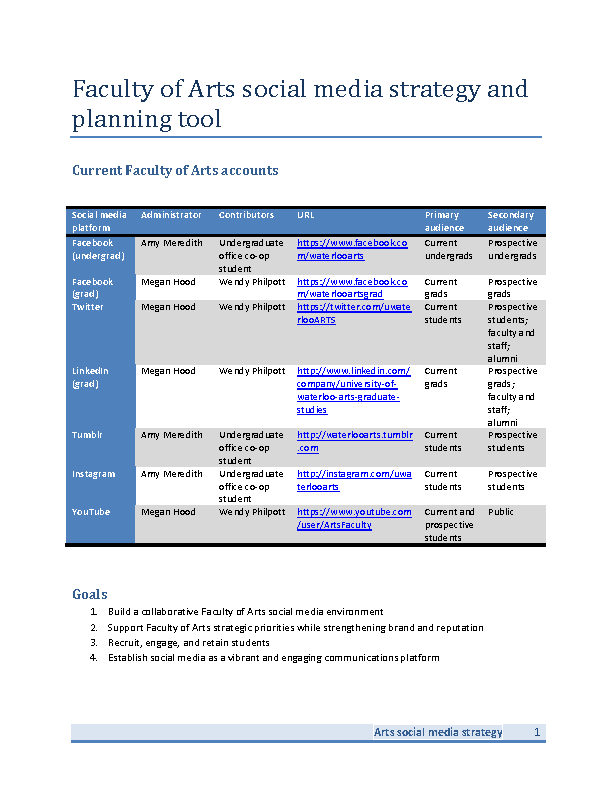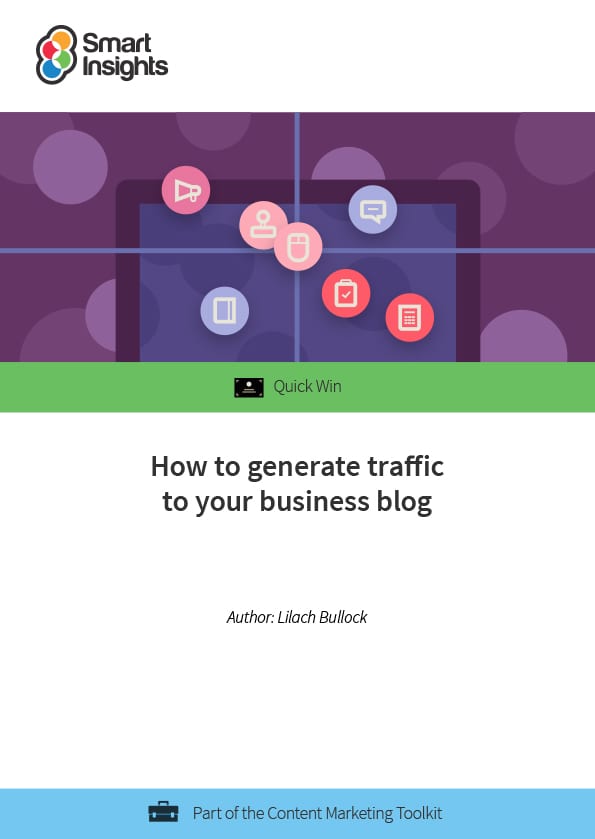
Immersive marketing is a powerful tool for immersive marketing. If you have ever seen a video about technology in a flash, you know what it means. These videos can grab viewers by their unconventional views on technology. Whimsy can also be used to help the viewer get away from the everyday. They can be a great escape from the normal day-to-day. Here are some examples. Here are three examples. Interactive marketing campaigns are a winning combination of creativity and innovative technology.
Experiential Marketing
Experiential marketing is an effective way for reaching a large audience, regardless of whether you're creating an immersive experience or an outdoor adventure. Experiential marketing does not just target participation numbers. It can also result in extended media coverage. Airbnb teamed with Will Smith to create an experiential marketing campaign that was unique. The house was themed after the Fresh Prince film. The room was open to guests who could take photos, create art, or play games with the objects and themes.
Interactive videos
Interactive videos are a type of marketing that requires the consumer to participate. Often, consumers use more than one electronic device at once, and interactive videos are a great way to make this interaction personal and engaging. Interactive videos let consumers choose the content they are most interested in, which is a great way to give the consumer the best possible experience. By creating a personalized experience, interactive videos improve the overall user experience and can improve the customer experience.

Surveys
Surveys can be one of the most easy forms of interactive advertising to use. They can easily be implemented on any social network channel and are suitable to any industry and audience at any stage of a businesses' lifecycle. To create and manage your survey, you can use online survey builders. Here are some tips on how to implement surveys.
Whether-or-quiz responses
Interactive marketing campaigns are intended to engage the audience. They often provide additional information, like quiz responses, which can lead to the next steps of the marketing process. Warby Parker is an online eyeglass retailer that offers a quiz. These quizzes can generate qualified leads. These leads can then turn into sales. These strategies can be tailored to meet the goals and needs of your audience.
All examples of interactive marketing include repurposing and monetizing content
Repurposing content is possible in many different ways. An email series can be used to collect leads or subscribers. Gretchen Rubin's 21 day projects are a great example for repurposing content. They can also be used as lead-generation tools to attract new customers. You should always remember the marketing rule of seven: customers need to hear a message seven times before they will actually absorb it. The best way to reinforce important messages, is to reuse content.

Targeted content creation
Using interactive content for marketing campaigns can increase conversions and build brand awareness. By identifying triggers such as social media clicks or product views, marketers can customize interactive content for each target audience. The content should address the pain points of customers and add value to the customer experience. This can increase the chance of interactive marketing material going viral. Let's examine some of the most successful interactive marketing techniques:
FAQ
How much should I spend on Content Marketing?
This depends on the number of leads you wish to generate. Depending on the industry, the average cost of a lead is $5-10. As an example, 20 dollars per lead was the cost of our first business. Today, we spend about $6-7 per lead.
How long will it take to get started with content marketing?
It depends on the size of your business. It is more difficult for smaller businesses to invest in content marketing right away. If you're willing and able to work hard, however, it can make a huge difference.
What are the different content strategies available?
Content strategy is an umbrella term used to describe all aspects of how you create, manage, distribute, measure, and optimize content for digital channels. This includes not only what you post on social media sites like Facebook and Twitter, but also what you highlight on your website, blog and other online properties.
Content strategy is vital because it determines how you will focus your time and effort, the content types you should use, as well as what message you send to your target audiences.
Understanding how content fits in with the overall business goals and objectives is key to helping you reach them.
How to use Blogging to Generate Leads for Your Business
Leading B2B companies understand how crucial online leads are to their success. Many businesses have difficulty converting traffic into qualified leads despite this fact. If you're wondering why this is happening, here are five possible reasons.
Reason 1 - You Aren’t Optimizing Your Website. Even if You have a Blog, You aren’t Making Money. Blogging is a great method to attract new customers. But, your blog posts must solve the problems of your target audience. Otherwise, you won't be making any money.
Optimize your blog by making sure it conforms to search engine guidelines. This improves the likelihood that visitors will find your blog post.
Once they find your blog post, ensure you provide value by answering their questions and providing solutions immediately.
Keyword Toolbox is a great tool for finding keywords. Next, add these words to your page title and meta description. Add them to the body text.
CTAs should also be placed throughout your blog. CTAs are a way to get readers to take specific actions (e.g., sign up for your newsletter or buy a product).
These actions increase the chance of a sale, and they give you insight into which information users are interested.
For help in starting a blog, see our guide on How to Start A Successful Blog.
Reason 2: It's hard to know what you should write about. After you start writing, ideas will begin to flow quickly.
It takes time to establish a name for yourself and become an expert in your chosen field. Writing about topics that are relevant to your clients is key to this success.
Writing should answer the question "Why should you hire me?" When writing, keep your focus on solving problems.
This will help your business stand out from others that might just be trying sell products.
In addition to helping your prospects, your blog needs to be helpful to them. Your expertise can be used to educate others. You could speak about the latest trends in your industry, or give tips on how to save money when you do home improvements.
Provide links to other resources that will help your viewers learn more about these topics. These resources could include articles, videos, podcasts, and/or podcasts written by experts in the field.
Reason 3: There are no clients. You don't need them. You just need to sell more.
Building a business is not an easy task. Building trust with your target market takes time.
However, you don't need to spend hours creating content if you aren't ready to connect with potential clients. Post ads on social media platforms like Facebook or LinkedIn instead.
Avoid wasting money on useless advertising. Create ads that are based on your ideal client's demographics to avoid wasted money. One example: If your website design company has many female clients, it is likely that you also have many male clients.
Instead of targeting all males, you could target females by location, age group, income and many other criteria.
After creating your ad, you should follow-up by sending a message directly to your potential customers when you get a click through.
Remember that you don't have to pay for every person visiting your site. Some accessible traffic sources generate more sales than paid ones.
One example is hosting a contest for those who sign up via email. You can also give gifts to those who sign up for your mailing list.
The key here is to find creative ways to attract visitors without spending too much money.
Reason 4: Advertising is expensive - Your business is too busy to spend time advertising it. But that doesn't mean you shouldn't do it!
You must always prioritise your work over your business. If you're too busy with your business, you won’t be able grow it.
It is possible to feel overwhelmed by the amount of tasks that you have each day. You may not be able to prioritize them properly.
Get organized. You can set aside an hour each week to review your work and plan what you should do during the rest.
Once you start, you will notice how much easier it is to manage everything else.
What are the 7 steps in content marketing?
The seven-step process for content marketing includes:
-
Identify the problem
-
Discover what's working today
-
New ideas are possible
-
These strategies can be developed
-
Try them
-
Measure results
-
Keep going with the same process until something works.
This method has been proven to work for small and large companies.
How does Content Marketing Strategy help me?
Content Marketing Strategy provides you with access to data you don't normally have. This data allows you to measure which types of content perform better than others.
It can help you decide which strategies are best to drive traffic to you site. It provides insight into your audience's behavior, which can help you create better content.
This allows you to focus on the good content and less worrying about whether it works.
A Content Marketing Strategy also helps you analyze what messages resonate most with your audience.
These messages can be used to help you identify the content that they are most interested in. So that you can continue creating similar content and keeping those ideas in motion.
Finally, a Content Marketing Strategy will help you track how your content performs. As you continue sharing different content types, you can easily see which ones convert better.
In summary, a Content Marketing Strategy will ensure that your content performs to its potential.
How can you create great content?
The best content should be engaging, informative, and shareable. The best content is clear and concise. It should include a call-to action such as a link, button, or link that allows readers to signup for a free trial, find out more about a product/purchase something from your site. Also, visuals can be used to easily share your content across different media platforms.
Statistics
- According to research compiled by Coschedule: Companies that publish 16+ blog posts a month get as much as 3.5x as much traffic as those that publish 0-4 posts a month. (criteo.com)
- Out of the 1,500 marketers we surveyed for our State of Content Marketing report, 78% who felt their content marketing strategy was exceptionally effective in 2021 had documented their strategy. (semrush.com)
- Companies that use content marketing see approximately 30% higher growth rates than businesses not using it. (mailchimp.com)
- This marketing strategy landed Ford a 15.4% conversion rate. (neilpatel.com)
- An example of an overarching goal could be: "In 2022, we want to achieve a 20% increase in revenue created by organic content and generate 15,000 MQLs with a budget of $30,000." (semrush.com)
- Content marketing produces 3X more leads per dollar spent. Content marketing costs 62% less than traditional marketing. (criteo.com)
- In fact, would pay more for a better customer experience, and 86% of B2B buyers would pay more. (neilpatel.com)
- Measure your goals with a progress indicator of 0-100%. Make your goals collaborative and transparent (semrush.com)
External Links
How To
What is a Content Marketing Plan?
A content marketing plan (CMP), is a document that helps you to define your goals, objectives and strategies for building and executing an online presence. It serves as a guide for content creation and distribution.
The CMP is often broken down into three main areas.
-
Your overall strategy. What do you want?
-
Your content strategy: Where do you find the right people to create, curate, or distribute your content?
-
The strategies you'll use in order to implement your strategy. What channels will your content be shared on? And what types of content will you produce?
These are the four essential components of a CMP that is effective:
-
Goal Setting – Define your target audience. Set measurable KPIs that will measure success.
-
Audience research - Get to know your ideal clients so you can pinpoint the right places to search for them.
-
Strategy - Have a clear vision about where you want to go. Next, break it down into smaller parts.
-
Execution: Set realistic expectations regarding when you will see results.